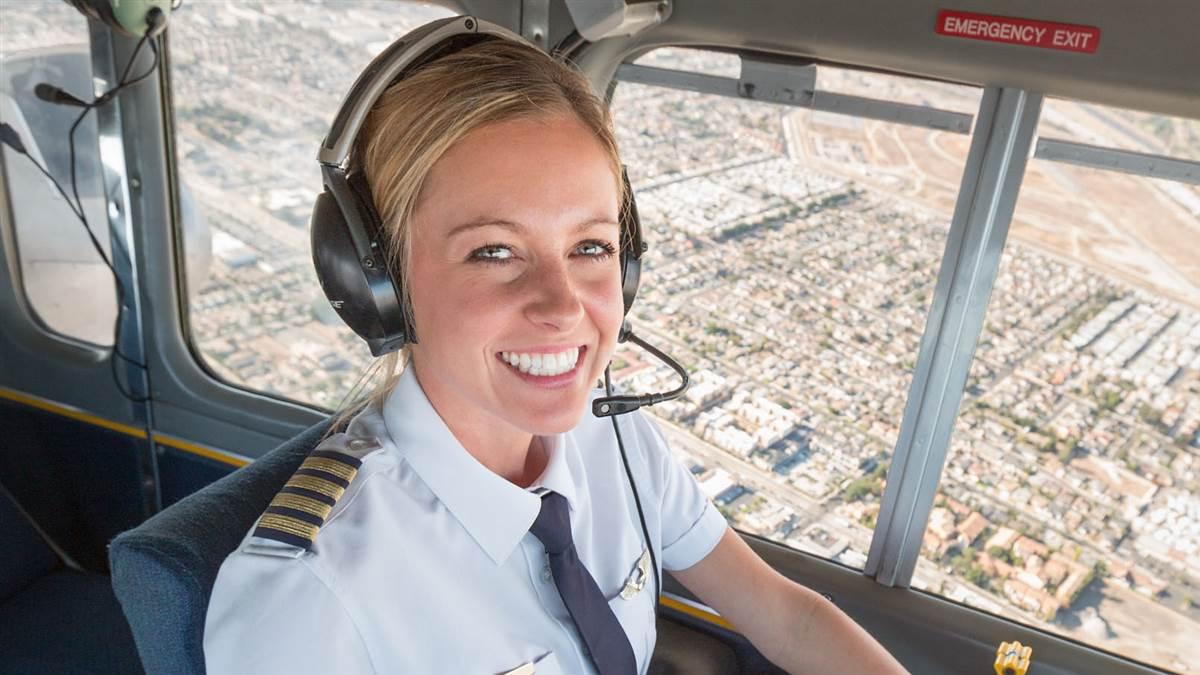Goodyear Blimp Pilot: Taylor Deen
Nothing quite like a blimp
By Chad Slattery
Some souls would rather drift along at 30 mph than fly 500 mph in a new Boeing 787. Millions, in fact, and Goodyear Senior Airship Pilot Taylor Deen keeps meeting them. “I’ll chat with someone at a party, and then mention I fly blimps. They immediately ask how to get a ride. It’s a bucket list item for lots of people. Unfortunately, with only three Goodyear blimps, seating is limited.”

Goodyear reserves those scarce seats for dealer tire promotions, the occasional celebrity, and charity auctions. Until it was retired in March 2017, Deen flew the oldest of the company’s three lighter-than-air ships, the seven-seater GZ–20A Spirit of Innovation. Now Deen flies the 14-seater Goodyear NT, one of Goodyear’s new fleet of semi-rigid airships.
“It’s very hands-on, and there’s a lot of physical work to fly it. You feel everything,” Deen explained of flying blimps. “There are no flight schools for blimps and no simulators.” Goodyear pilots are mentored by other Goodyear pilots for up to a year before being anointed captain. Deen calls it “learning the tribal knowledge.”
Deen grew up in a small Oregon town. On her first trip out of the country, she had two revelations: She loved traveling, and pilots did a lot of it. She earned her private pilot certificate in 2005, then earned multiple certificates and ratings. In 2011 she began flying small charter airplanes in Alaska, delivering supplies, people, and mail to villages across the state.
Looking for a change, she Googled “pilot job in Los Angeles” and found the Goodyear opening. She underwent seven interviews. “You have to show you can be a good ambassador for the company. A lot of people see us, and the goal is to make it a happy experience. You have to mesh with the blimp team. There are 22 of us who travel on the road, and we’re together all the time. And as the pilot, you need strong flying skills to respond to the smallest weather variations.”
That closeness comes into play when landing the blimp, which involves deliberately flying into a dozen ground crew who grapple it to the ground. “You’re landing into a group of your coworkers. These are my friends, people I’m close with. As a pilot, it’s a lot of pressure and responsibility to make sure you’re not coming in too fast or high or putting them at risk. It’s a slow-moving aircraft and sensitive to changes in wind and weather. You have to stay steps ahead to keep the ship safe.”
The best part of flying blimps? “Everybody’s happy and excited,” she smiled, “There’s no other flying like it.”


